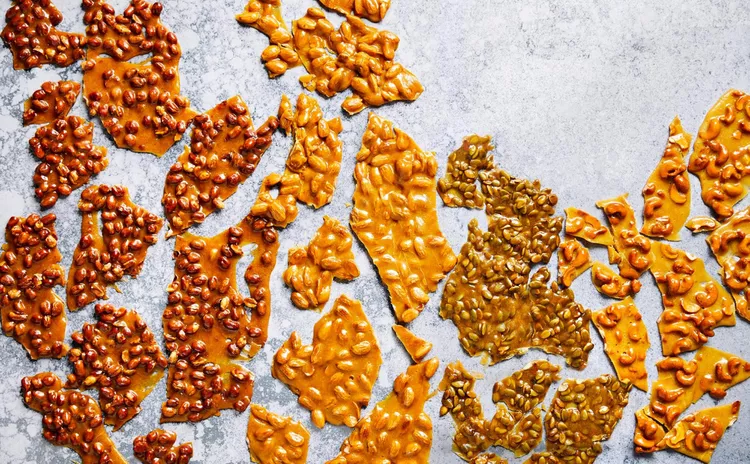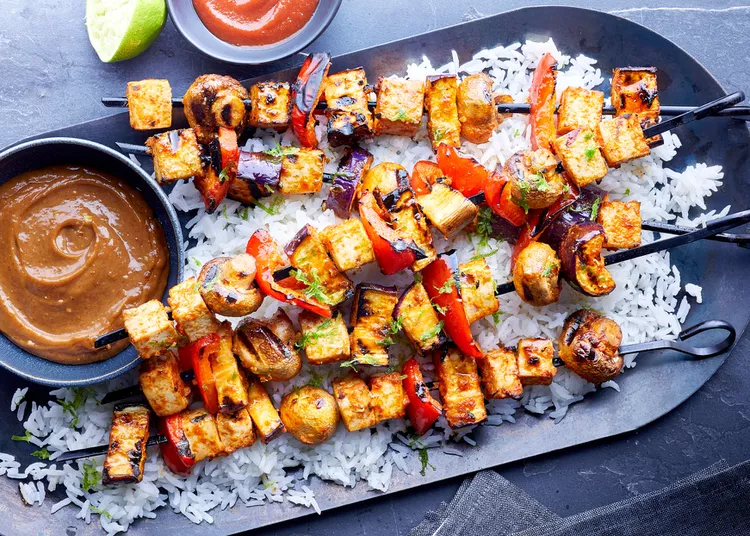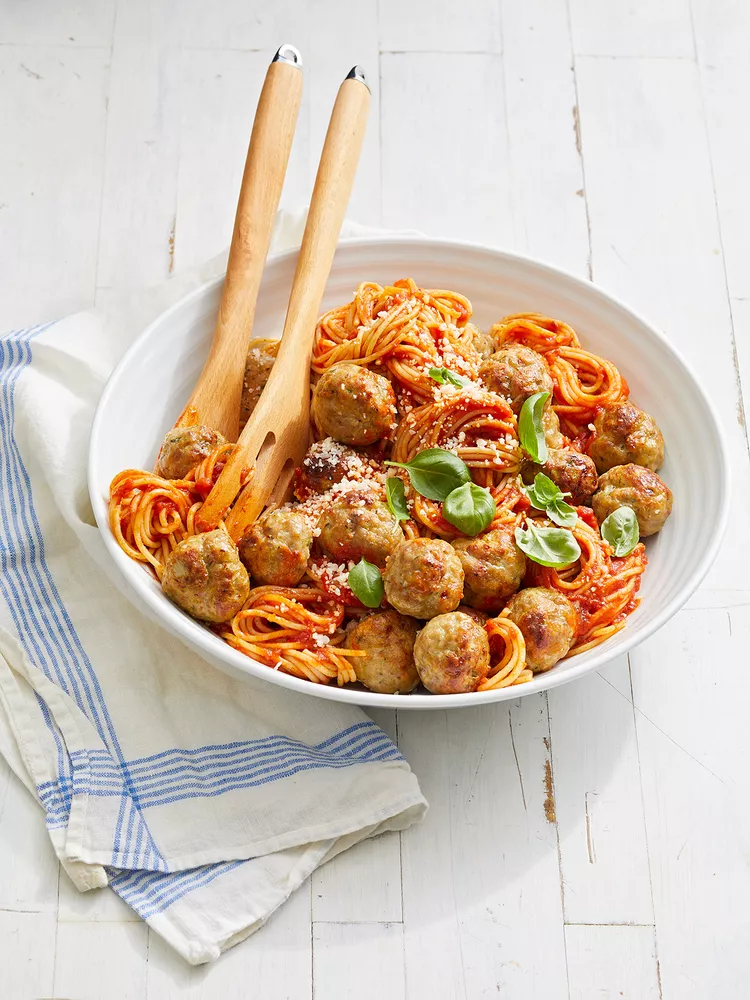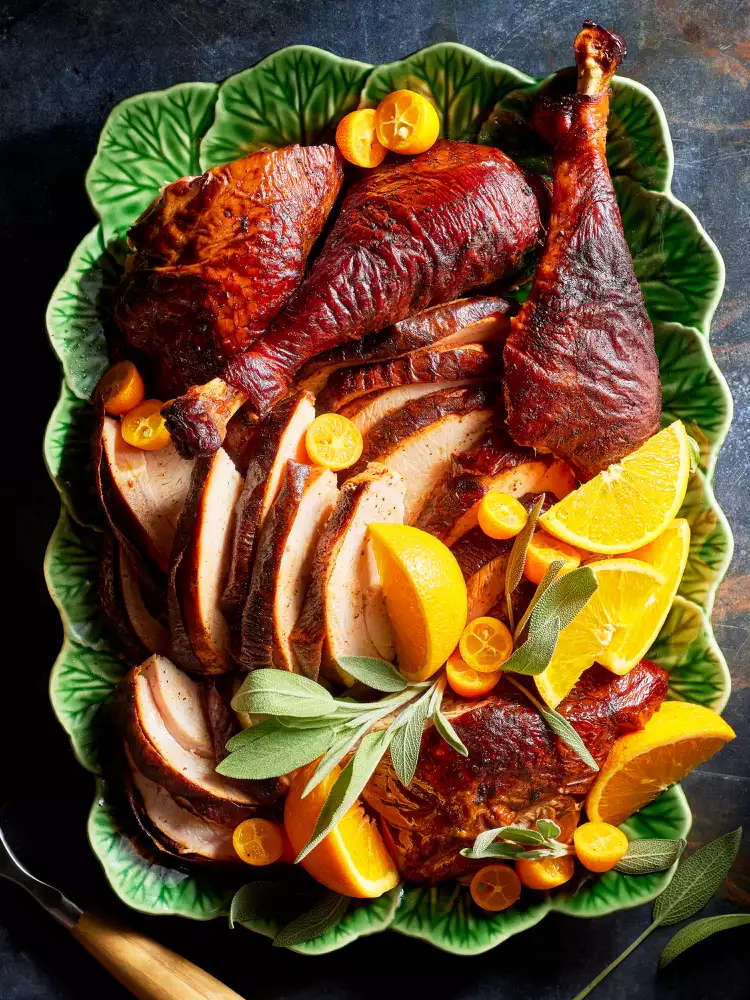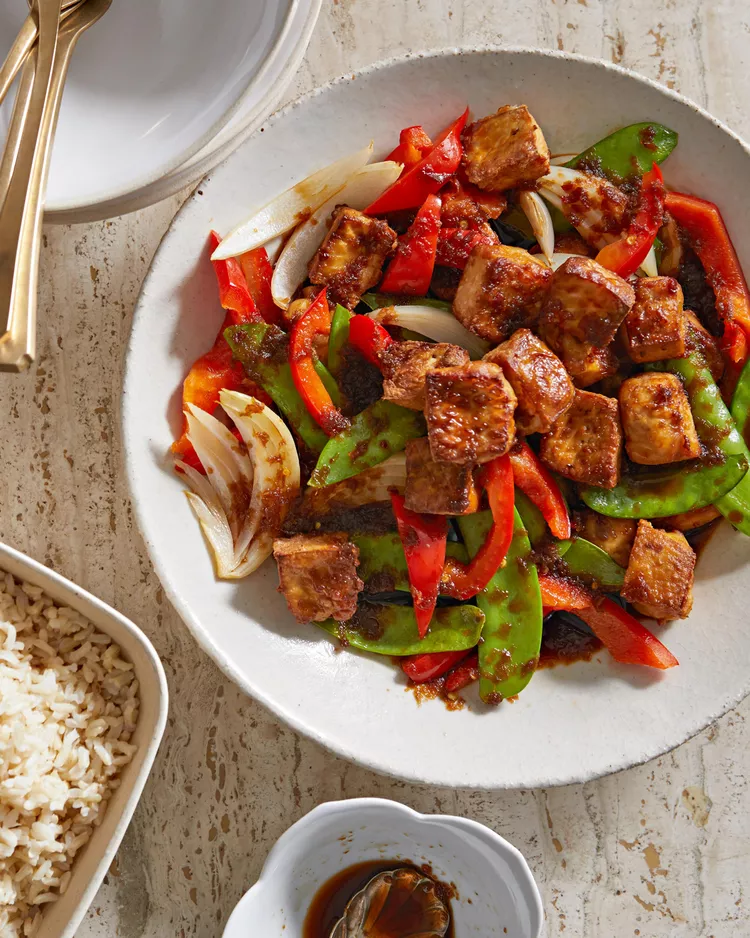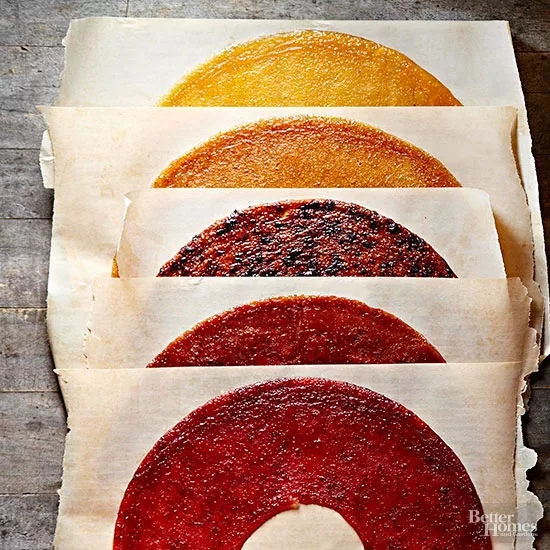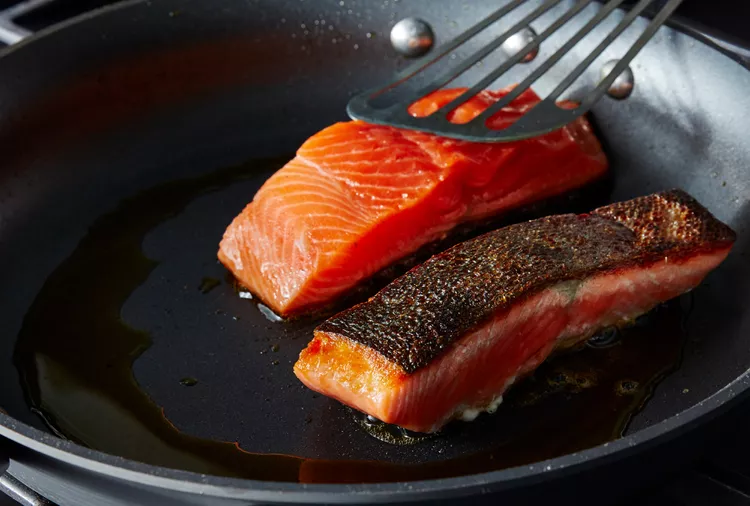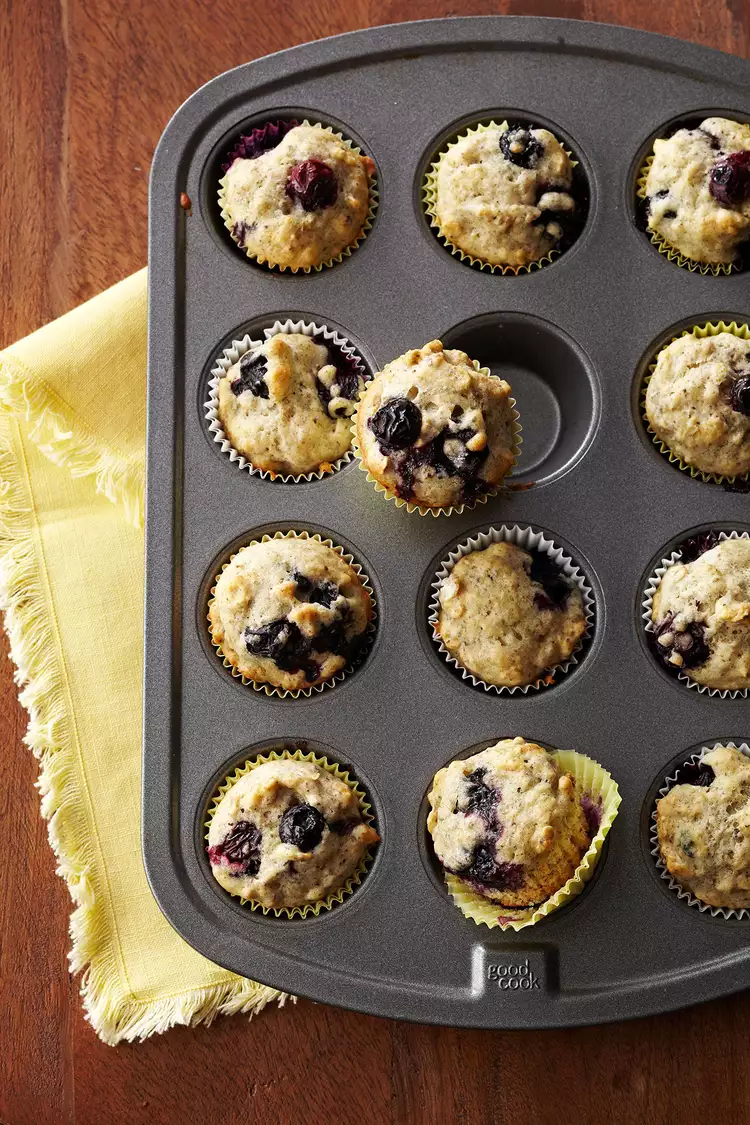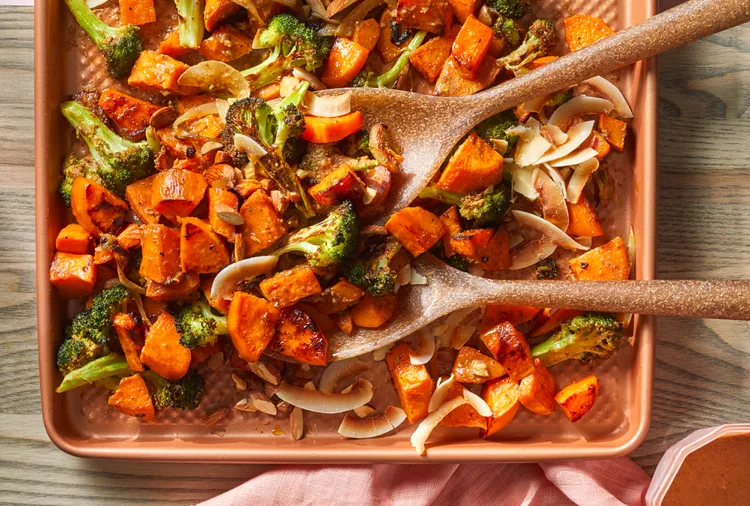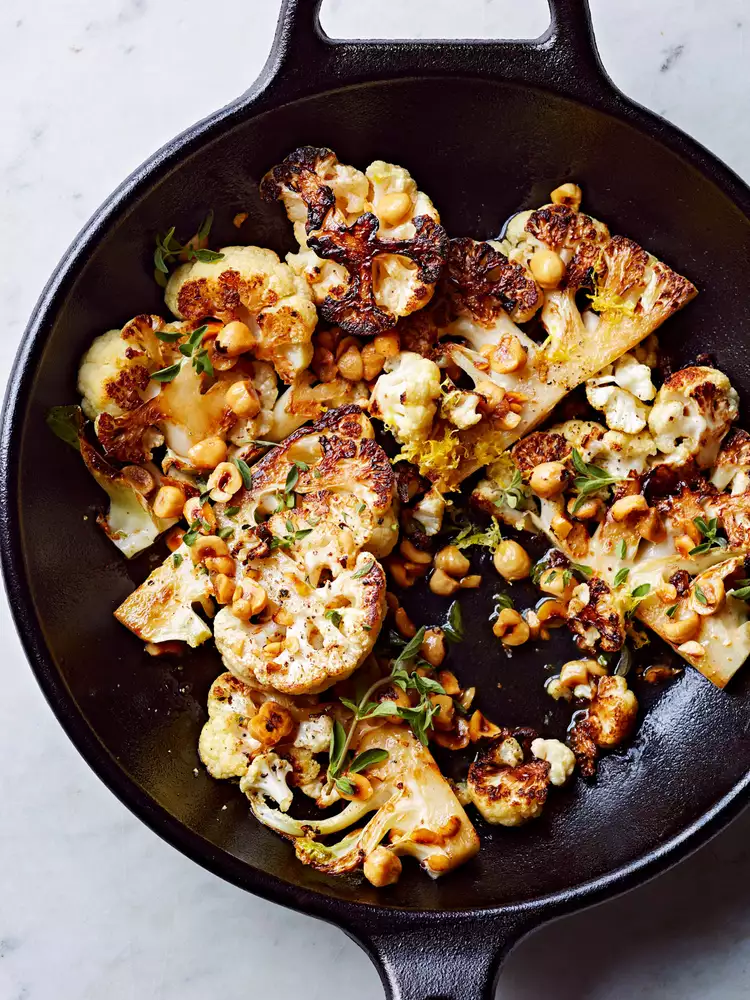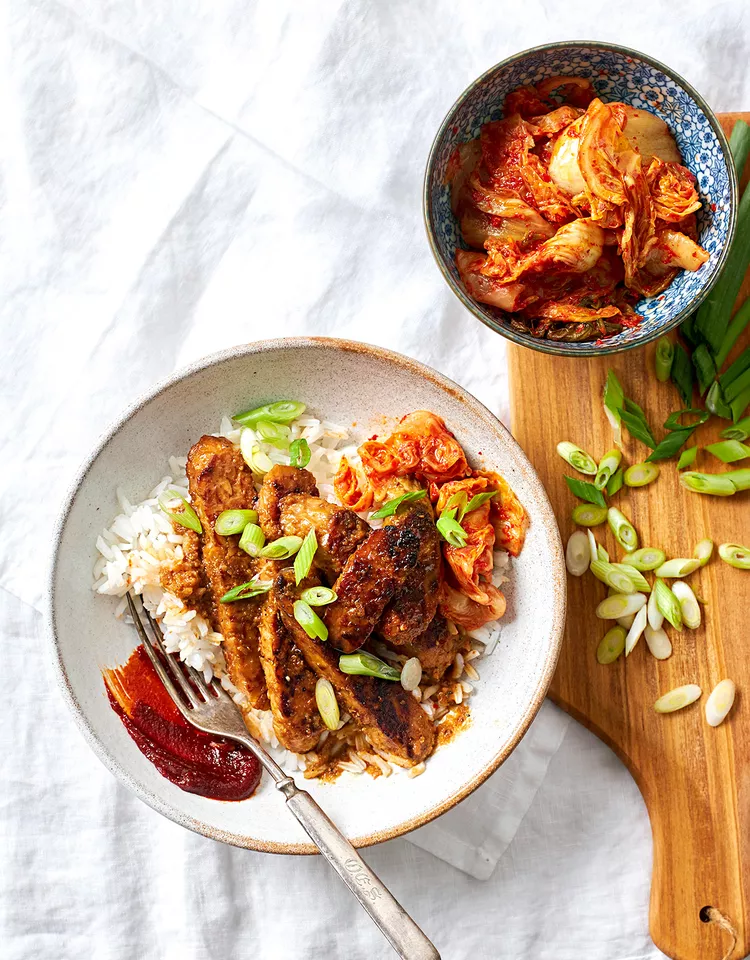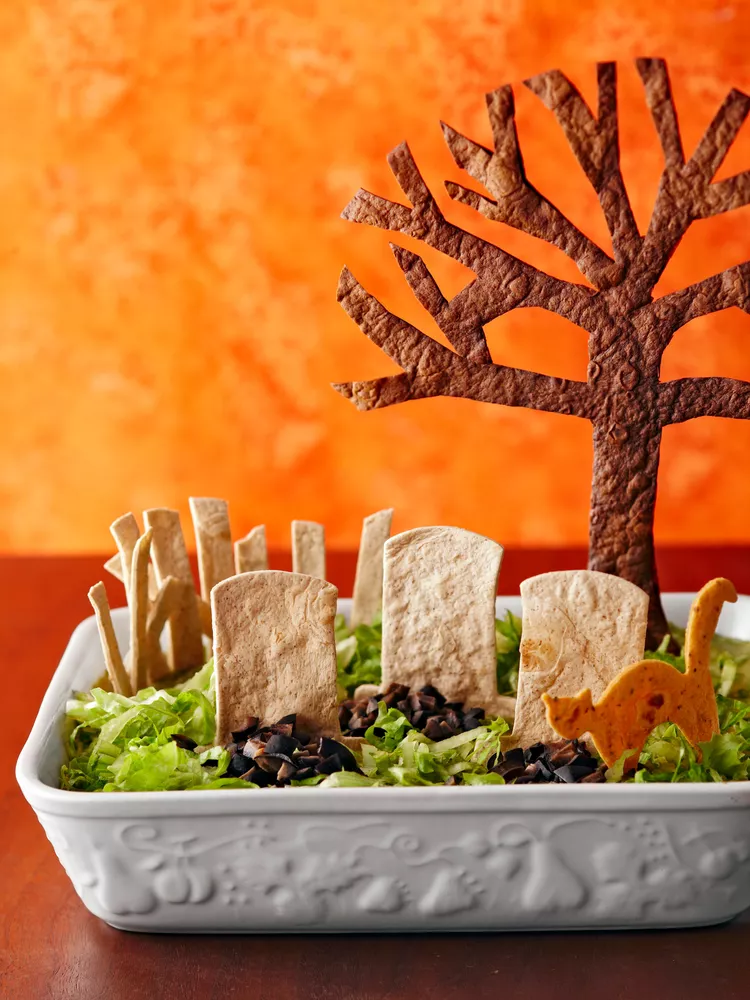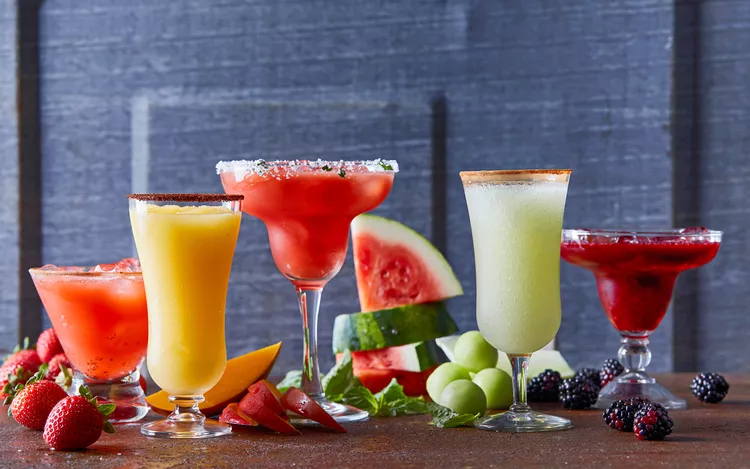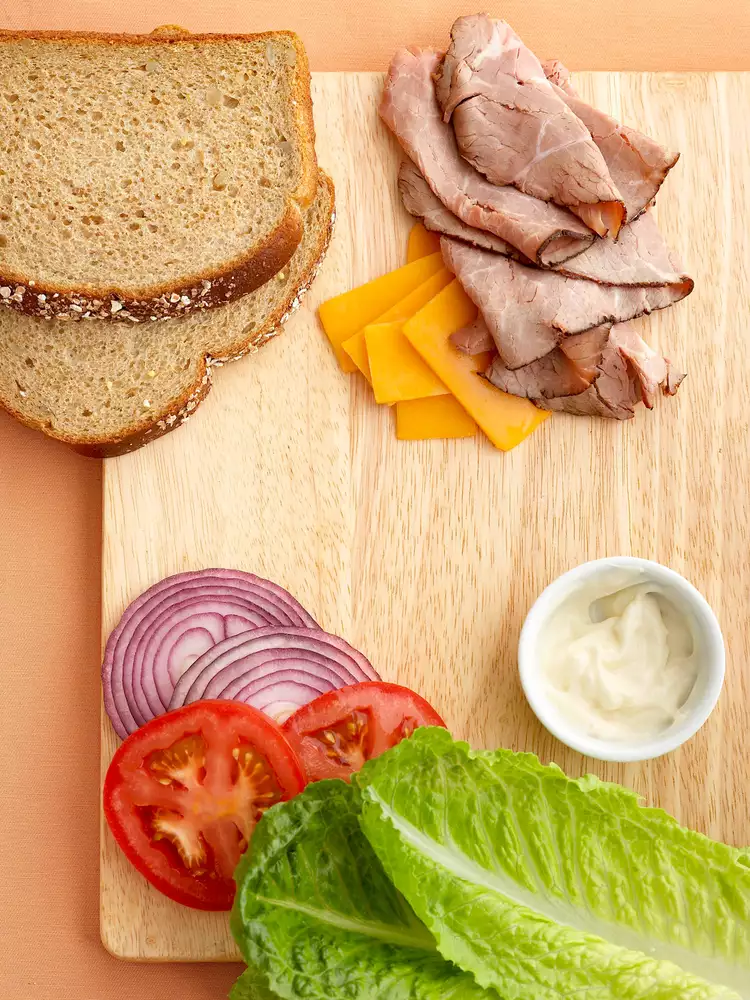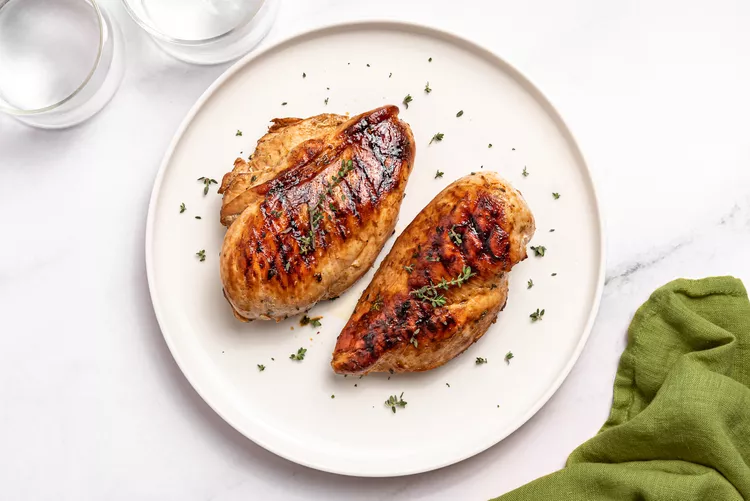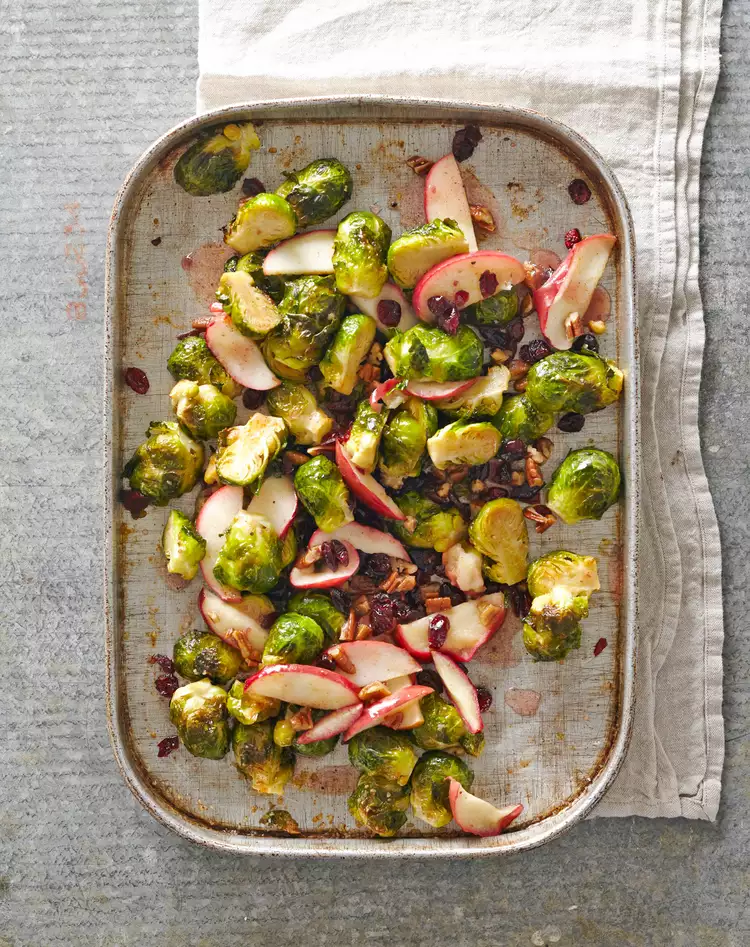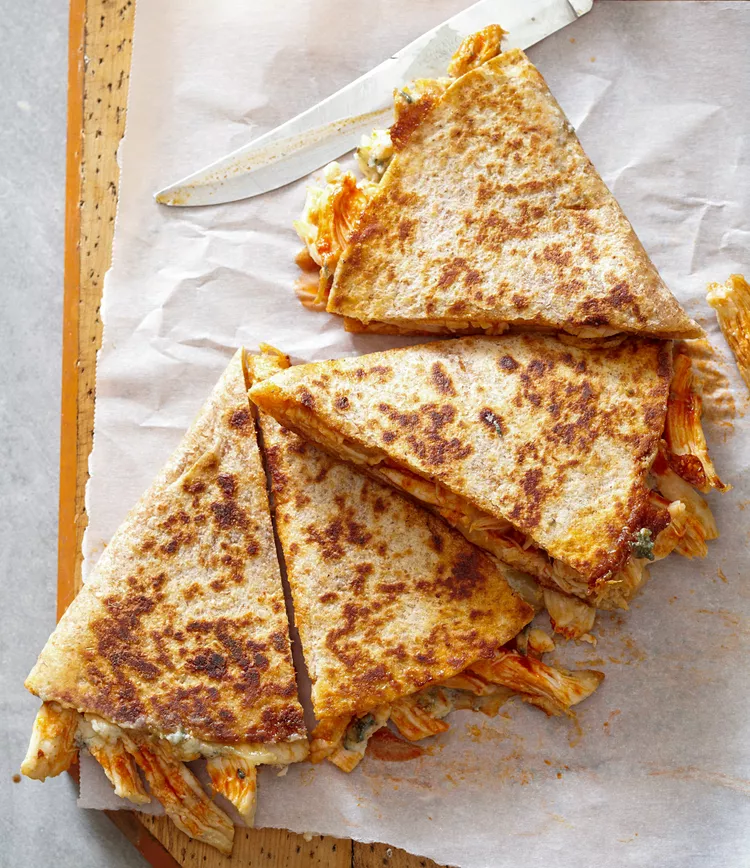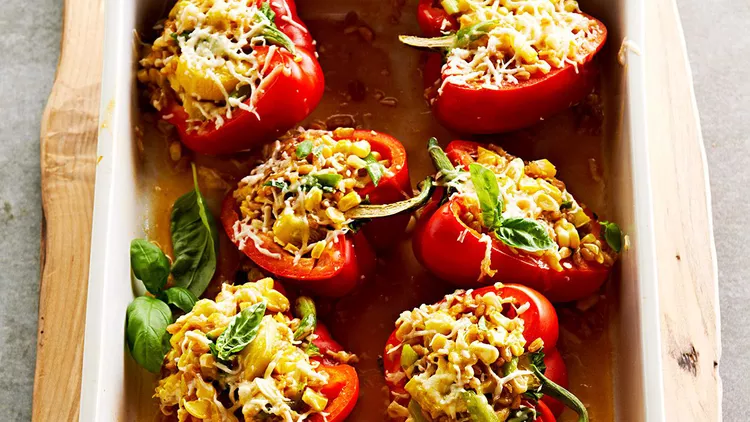It may be hard to understand how to make hard candy in high humidity, and soft candy is just as challenging. Most recipes are already temperamental, so if the weather isn't ideal, perfecting a sugary candy recipe is even trickier. But you don't necessarily have to wait for the cold, dry days of winter to make a batch of your favorite candy.
With some knowledge about how humidity and the weather affect candy making, plus a few tips for combatting the effects, you can make your own candy in almost any climate. If you're preparing a candy in summer or live somewhere warm all year round, use this advice to help your next batch of candy turn out just the way you like it.
How Does Weather Affect Candy Making?
Candy recipes usually call for precision, such as heating sugar to a specific temperature and cooling it quickly. When the weather is hot or humid, it may take longer for the candy to cool, or it can absorb excess moisture from the air, which might cause the sugar to crystallize or the texture to soften instead of becoming hard and crisp.
That's part of why candy making is so prevalent in winter; the best climate for making candy has a relative humidity of less than 35%, and cold air usually has less moisture than hot air. But if you live in an area that's hardly ever that dry (or if you're craving a batch of peanut brittle when the weather is warm), you can always use your air conditioner or a portable dehumidifier for about a day or so before making candy.
How to Make Hard Candy in High Humidity
If the weather conditions are less than ideal, you can still make a great candy recipe with a few tweaks. Because excessive softness in candy results from high relative humidity, cook hard candies, such as nut brittle, to 2 degrees higher than the temperature your recipe calls for. The additional 2 degrees in cooking temperature will compensate for moisture in the air, so your candy will still have the correct texture.
Accuracy is also essential for candy, especially if you're adjusting a recipe for the weather. Always be sure to use a candy thermometer for precise readings, and check the thermometer you're using (even if it's brand new) to make sure it's giving the correct reading.
To double-check, before you start making candy, clip the thermometer to a pot of water, ensuring the tip isn't touching the bottom of the pan. Then, heat the water to a rolling boil on the stove. Check the temperature on the thermometer once the water is boiling; it should match the boiling point of water in your region (at sea level, water boils at 212°F, but the boiling point decreases as the altitude increases).
If the thermometer gives the correct temperature for boiling water, you know it will provide accurate measurements as you're heating sugar and water. If the thermometer is wrong (say it's off by 5°F), you'll know to add or subtract that amount from the reading to get the right temperature.
How to Temper Chocolate in Hot Weather
If you're tempering chocolate for a candy recipe (slowly melting and then cooling chocolate to give it a glossy finish), humidity also affects that process. Just like any other candy, you'll have the best results if you do it on a cool, dry day. However, if you're tempering chocolate on a warm or humid day, cooling the chocolate to the right temperature is the most likely spot for trouble.
Hot weather might make chocolate cool too slowly; however, you can help gently cool it by dipping the bottom of the bowl into room temperature water (don't let any water touch the chocolate itself). This will allow the chocolate to slowly cool to the correct temperature without letting it get too cold. Don't use cold water or place the bowl in the fridge; this could cool it down too quickly, causing the chocolate to crack or lose its shininess. Once properly tempered, the chocolate will look even more appetizing.
Storing Candy
Whether the weather is humid or not, how you store your candy will also affect the texture and how long it lasts. Keep different types of candy in separate, airtight containers in a cool, dry place like your pantry or the refrigerator. This is especially important if you live in a humid climate since the finished candy could absorb moisture from the air, which will cause it to go soft sooner.
